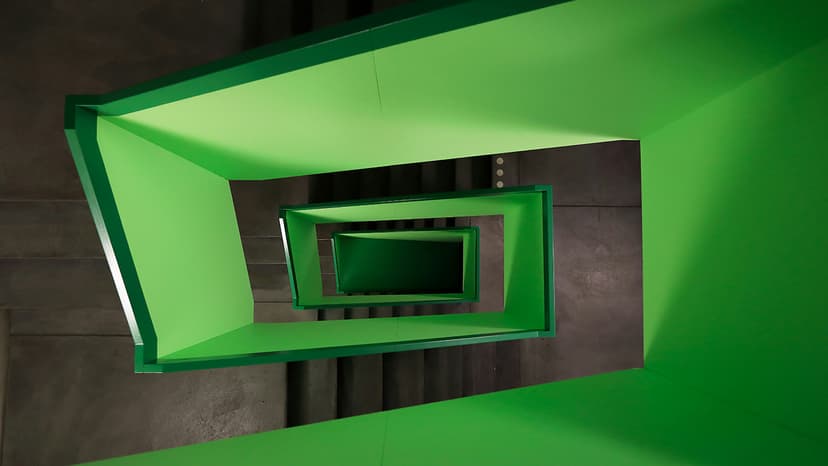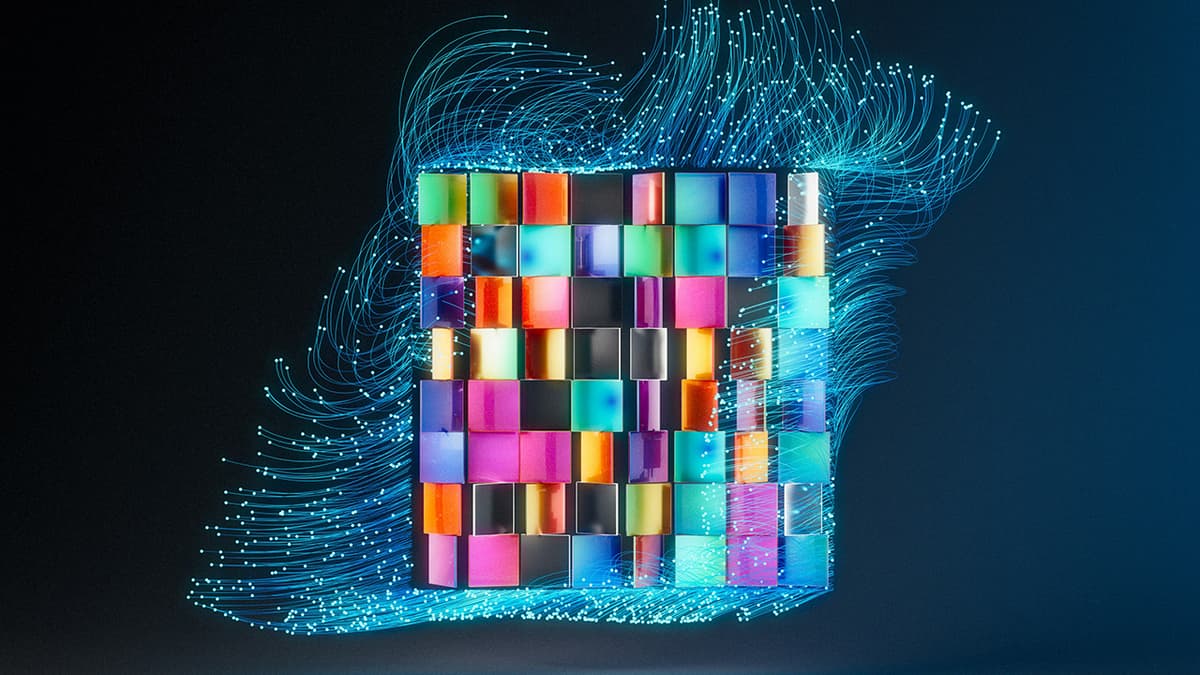Prototype Development: Bringing Ideas to Life
Prototype development is key to product creation and innovation. It transforms ideas into physical representations, helping to understand a product's design, functionality, and other important details. This article explores the significance, methods, and benefits of prototype development.
What is a Prototype?
A prototype is a visual representation of a product meant for testing concepts. It serves as a working model that provides insights into design, functionality, and user experience. Prototypes can vary from basic mock-ups to fully functional models, depending on the development stage.
Prototyping allows for early user testing and feedback. It helps designers and developers gather valuable insights, refine their ideas, and make improvements before committing to large-scale production.
The Prototype Development Process
The prototype development process involves several key stages:
-
Conceptualization: Define the idea, identify the need for a prototype, and establish desired outcomes. This clarity guides the development process.
-
Research: Analyze similar products and explore existing solutions. This research offers insights into the market, user preferences, and potential innovations.
-
Design: Create the prototype using design tools and software. Designers translate their ideas into visual formats, utilizing tools like Figma for interactive designs.
-
Development: Transform the design into a physical product. Various methods such as 3D printing, machining, or molding can be used to fabricate functional components.
-
Testing and Feedback: Conduct thorough testing to ensure functionality, usability, and reliability. Gather user feedback and refine the prototype based on insights.
-
Refinement and Iteration: Address feedback by refining the prototype. This iterative process helps fix design flaws and usability issues.
-
Finalization: Prepare the prototype for market launch. This includes optimizing manufacturing techniques and ensuring the final product meets all requirements.
Benefits of Prototype Development
Prototyping offers several advantages throughout product development:
-
User Feedback: Allows early testing to gather feedback for product refinement, minimizing the risk of misalignment with market needs.
-
Visual Representation: Provides a tangible model, aiding in communication and collaboration among teams involved in development.
-
Identification of Design Flaws: Early detection of design flaws saves time and resources, ensuring a more successful end product.
-
Market Validation: Presenting prototypes to potential customers and investors helps validate market interest and secure funding for further development.
Prototype development is essential for converting innovative ideas into marketable products. It involves various stages, including conceptualization, research, design, development, testing, and refinement. The benefits include valuable user feedback, effective communication, flaw identification, and market validation. Efficient prototype development methods can enhance the chances of creating successful products.












